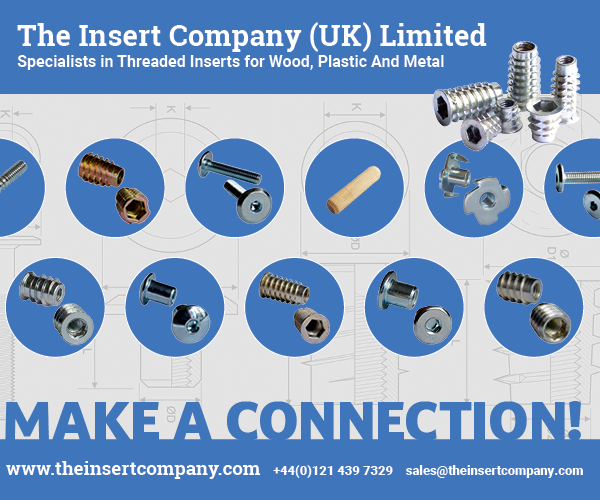"If you’ve got both Cabinet Vision and Alphacam, there’s absolutely nothing you can’t make.” Those are the words of Mick Cotter, director of Cumbria kitchen and bedroom furniture. Offering a high-end, bespoke service and products, the company deals mainly with end-user customers within a few miles of the company’s native Carlisle.
Having recently celebrated their tenth anniversary of using Cabinet Vision, he says the business couldn’t offer “anything like” the service they do, if they didn’t have the software. “It enables us to adapt and change every unit in a matter of seconds, to create something bespoke that we’ve never made before.”

For example, he can readily design a unit that will go around a vent, or a kitchen boiler with a considerable amount of associated pipework. “Before we had Cabinet Vision that would take one person a couple of days to mark everything out and drill the holes. Now I can design that same unit in Cabinet Vision literally in two minutes.”
With thousands of components required for a large kitchen, he describes Cabinet Vision’s nesting feature as “all-important in taking away the thought process in the factory” as the machine simply produces every part on the sheet, accurately drilling every hole and routing every groove, meaning it is almost a finished unit coming off the CNC.
“The only time we need to change the orientation of an individual part on the nest is when we’re using a real wood veneer and the component we’re making is longer than the sheet. We may need to change the orientation to match the two boards.”
Currently they perform that task using Alphacam, which came already installed on their pre-owned original CNC machine 13 years ago. “At the time that was our first experience of CAD/CAM, and although we knew about Cabinet Vision I wanted to take it one step at a time. But if I was making that decision today, and knowing what I know now, we’d invest in Cabinet Vision immediately. It’s completely changed the way we operate. We’d have struggled to keep the company afloat during the global financial crisis that began in 2008 if we’d still been using the old time-consuming processes.”
The company manufacture everything themselves; carcases, doors, drawer boxes and worktops, apart from granite. Being at the high-end of the market they specialise in moisture-resistant MDF with either a laminate surface on to a carcase – and all exposed décor would be painted, or sprayed MDF – or matching wood veneer on MDF.

Everything is bespoke – they don’t have a catalogue of any sort. “We can literally make units of all shapes, heights, widths and depths…and any colour,” says Mick Cotter.
All their carcases, drawer boxes and solid surface Staron worktops are produced with either Cabinet Vision or Alphacam – Alphacam mainly for one-off solid wood products that don’t go through a nest; and it machines the drawer boxes from cutlists created in Cabinet Vision. Door cutlists are also produced in Cabinet Vision, telling the operator what parts to cut, how many pieces, and the length.
Alphacam is also used for engraving. “All our kitchens and bedrooms have a door with the company name and logo engraved on it. With kitchens it’s the sink door, and a cupboard door in bedrooms, so Alphacam plays a part in every kitchen and bedroom we produce.”

But it’s Cabinet Vision that he regards as being essential for the company’s specific casework requirements. “It’s our lifeblood, full stop.” He says a small kitchen could comprise an average of up to 200 components, taking around a dozen sheets of raw material. “That’s just for the sheet material – in addition there are parts for drawer boxes, and the doors, all of which are also calculated on Cabinet Vision. Those figures would be doubled, and even trebled for bigger kitchens, and run into thousands for the largest ones we produce.”
Which makes it all the more important that Cabinet Vision designs can be completed so quickly. “Even our small kitchens have a number of specialised units, but from starting initial design work to having the job ready for the machine tool is often less than an hour. And even our largest kitchens with many specialised units only take up to half a day.
“Once the design’s complete, I simply transfer it from my PC to our CNC Dynamics router using Cabinet Vision’s Screen2Machine functionality, and we know that every cut component will be 100 per cent accurate and assemble together with no issue.”
In conclusion, he says Cabinet Vision is vital to the critical area of their entire process: “After receiving an enquiry we do a full measure and initial design. Once the customer approves the design and agrees the price, our surveyor goes on site and finalises all unit sizes and identifies issues like pipe boxing and deeper recesses (for equipment such as stop-taps). Then everything is transferred into the full Cabinet Vision design and manufacturing process.”
www.cabinetvision.com
www.alphacam.com
Cabinet Vision reduces former two-day process to minutes









